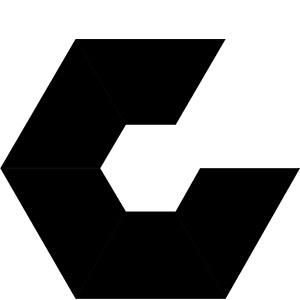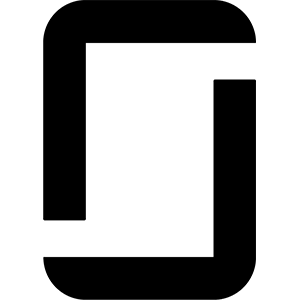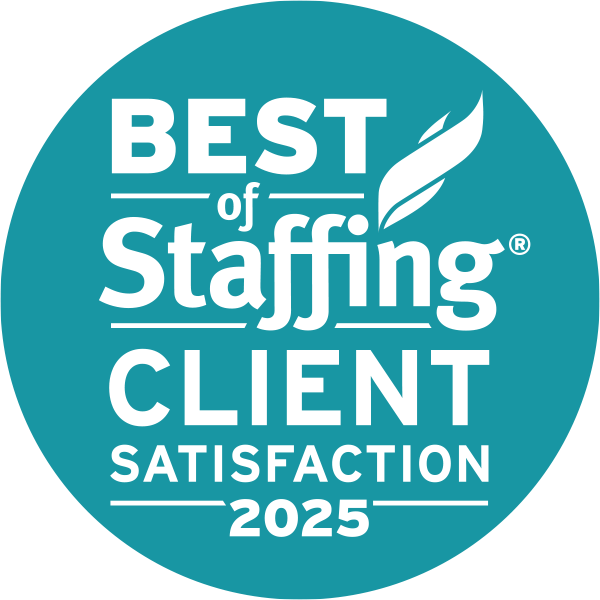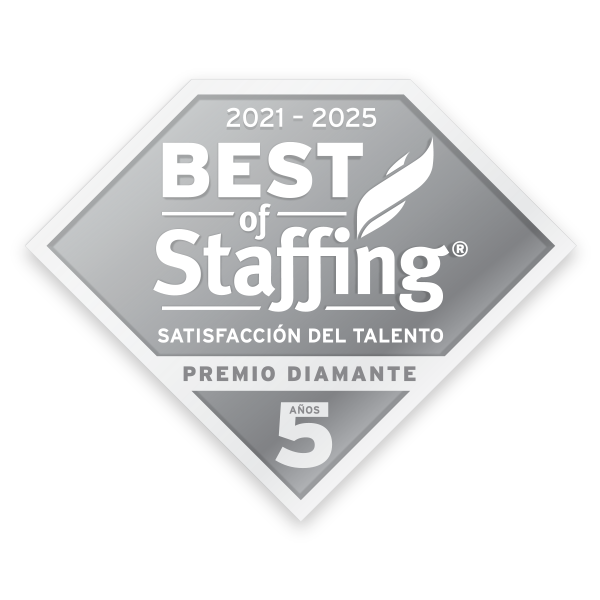
How finding the right talent affects your bottom line
In 2016, the cost associated with employee turnover is no longer a secret. Most hiring companies and HR professionals understand that the cost to replace and train a new employee is substantial, but how substantial?
Let’s take a look at the numbers. According to recent research by the Society for Human Resource Management (SHRM), costs for employee turnover are as follows:
- Direct replacement costs can be as high as 50-60 percent of the former employee’s salary
- Total replacement costs, factoring in recruitment, hiring and training, can reach as high as 90-200 percent of the former employee’s salary
- Turnover accounts for 12 percent of the average company’s pre-tax revenues
- For companies in the 75th percentile or higher for turnover, costs can reach as high as 40 percent of pre-tax revenues
These numbers clearly point to one conclusion: Today, it’s more important than ever to hire and retain top quality talent, which is why we thoroughly vet each candidate before submitting them to our clients.
Four ways we vet talent in interviews
When companies can hire the right talent, the first time around, it can substantially lower the cost associated with turnover–as a majority of the costs revolve around finding and training new candidates.
In order to provide some insight into how we’re able to accomplish this, we’ve put together this list of the four ways we vet talent in our interviews, before submitting them to you:
- We dissect a candidate’s portfolio with surgical precision:
When it comes to hiring digital creative talent, such as UX and product designers, there seems to be no greater insight into the talent you’re interviewing than the portfolio they present you with. Unfortunately, portfolios can be tricky to dissect and, unless you have many hours of experience in doing so, there are a number of red flags than can fly under a hiring manager’s radar. When we review portfolios in our interview process, we examine the pieces that have been selected for what they are, and then dig deeper. We want to determine what role the candidate played in the development of each project and we want to know exactly what tools, resources and technology they used while working the project. When possible, we also try to determine different clients they’ve worked for and what the experience was like at each stop along the way. In doing so, we can get paint a more holistic picture of who this candidate is as an employee, allowing us to make a more perfect match and help establish successful working relationships with their future employers. - We filter applicants for the curious minded:
Curiosity is one of the most important characteristics a creative talent can posses. In fact, it was one the most common pieces of advice we received when we interviewed 20 top UX professionals for our “UX Career Advice From Top Talent” slideshare. The reason candidates with a curious inclination are booked repeatedly is because they’re able to step back and look at each new gig as a new learning opportunity. To filter down to these professionals we ask behavioral and personality questions that help us determine who are most likely to try and thrive in new work cultures, technology environments, and industry verticals. In identifying these professionals, we’re able to identify talent that will ask the right questions and are not only willing, but happy to adjust to an organization’s business needs. - We evaluate a talent’s communication skills:
Digital creative talent is difficult to hire because it’s something we, as consumers, both understand and can be totally perplexed by at the same time. For the most part, we all use the products of digital creatives–whether that be mobile apps, websites, or through the consumption of rich or interactive media. However, while we might understand their products as users, understanding their products as producers is much more complex. This makes it critically important for candidates of these skill sets to have exceptional communication skills–to not only be able to produce, but to be able to communicate their processes in laymen’s terms. We evaluate this by asking for granular details from past experiences and projects. It’s important that the talent we speak with can clearly and concisely articulate the work that went into a final product. And, above all else, we only submit talent that can talk about what they’ve done in an engaging and professional manner. - We look for attention to detail in all aspects of our interviews:
Our goal is to make sure that any candidate we submit to you is ready to deliver against your needs, and deliver efficiently. We take note of whether or not applicants show up to interviews with a neat and professional appearance or not. And, our eye for detail goes far beyond dress code. We’re looking for polish in their work as well, and therefore take note of how a candidate’s portfolio is organized and presented.
Hiring creative talent is a difficult process, but efficiency is key to driving business and ensure that empty seats at your organization aren’t hurting your bottom line. Learn more about how we can fill your open positions by contacting Onward Search today.







